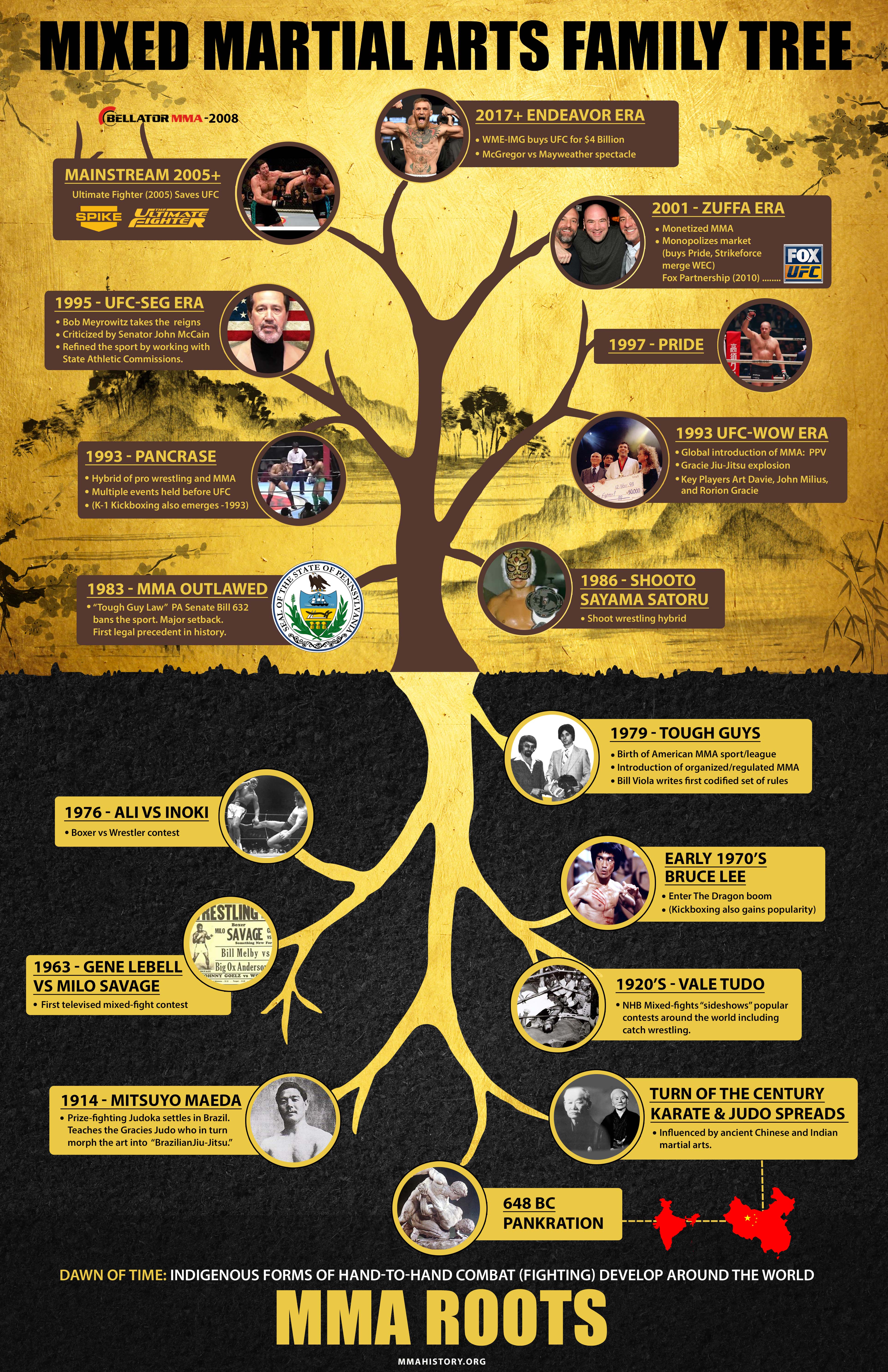The Background And Philosophy Of Fighting Style: A Deep Dive
The Background And Philosophy Of Fighting Style: A Deep Dive
Blog Article
Post Author-Barber Montoya
Enter the old globe where martial arts were born out of necessity in diverse regions. Cultures crafted unique fighting styles linked with historic contexts. Techniques progressed over centuries through dedicated technique and social exchanges. Today, modern-day martial arts blend standard elements for optimal efficiency. Philosophically, martial arts emphasize self-control, self-improvement, and harmony. Regard, humility, and balance are fundamental principles leading experts in the direction of development and durability. Check out top 10 indian martial arts of this rich history and philosophy to discover the extensive influences shaping this long-lasting discipline.
Beginnings of Martial Arts
Fighting style originated in different regions around the world, advancing as functional battle systems to prevent risks. These old combating styles were created out of requirement, with each society crafting techniques suited to their special environments and difficulties. From over at this website grappling arts of Jujutsu in Japan to the striking methods of Martial art in China, martial arts were deeply linked with the historical, social, and cultural material of their particular societies.
In Japan, the samurai course polished martial arts like Kenjutsu, the art of the sword, which later on evolved into the extra promoted form of Kendo. Meanwhile, in Brazil, Capoeira emerged as a mix of dancing and combat, created by enslaved Africans as a method to stand up to oppression. Each martial art carries with it a rich history and ideology, mirroring the values and ideas of individuals who exercised them.
As you explore the origins of martial arts, you reveal a tapestry of human resourcefulness, strength, and the unrelenting spirit of warriors throughout time.
Evolution of Methods
With centuries of technique and refinement, battle strategies within numerous martial arts have undertaken a profound advancement. From ancient designs like Martial art and Martial arts to a lot more modern-day techniques such as Brazilian Jiu-Jitsu and Krav Maga, the evolution of methods has been driven by a mix of social influences, practical applications, and technical developments.
One significant aspect of this evolution is the cross-pollination of methods between various martial arts. For instance, strategies from standard Japanese Jiu-Jitsu were incorporated right into the development of Judo by Jigoro Kano in the late 19th century. This mixing of styles has led to the growth of hybrid martial arts like Mixed Martial Arts (MMA), which incorporate aspects of striking, grappling, and entry techniques.
Furthermore, the evolution of strategies has been formed by the boosting focus on performance and efficiency in combat. Practitioners have continually looked for to refine their strategies through strenuous training, testing, and competition, leading to the advancement of very specialized and efficient combating styles. Overall, the advancement of techniques in martial arts reflects the vibrant nature of battle and the continuous mission for enhancement and innovation.
Philosophical Foundations
Discovering the underlying thoughtful concepts of martial arts supplies insight into their core values and guiding ideas. At the heart of many martial arts techniques is the principle of self-control itself. By training your body and mind to act as one natural system, you cultivate discipline that expands past the dojo or health club into day-to-day life. This self-control includes regard, humbleness, and self-constraint, shaping not just your physical capacities yet likewise your personality.
Another essential philosophical structure in martial arts is the idea of continuous self-improvement. The trip of understanding a fighting style is perpetual, with specialists constantly striving to far better themselves, both literally and emotionally. This concentrate on development promotes durability, perseverance, and a growth way of thinking that can be applied to all aspects of life.
In addition, martial arts stress the value of consistency and equilibrium. Techniques are developed to make use of a challenger's power against them, highlighting the principle of producing and rerouting pressure rather than meeting it head-on. This ideology extends to interpersonal relationships, promoting serene resolutions and good understanding. By welcoming these thoughtful foundations, martial musicians not just improve their combat skills yet also cultivate a way of life fixated personal development, regard, and consistency.
Conclusion
To conclude, the background and ideology of martial arts supply an abundant tapestry of custom, technique, and self-improvement.
Consider example the tale of Bruce Lee, who transformed martial arts by blending various styles and viewpoints to produce his very own special type of Jeet Kune Do.
Through devotion and advancement, martial musicians continue to press boundaries and inspire others to reach their full possibility both in battle and in life.
